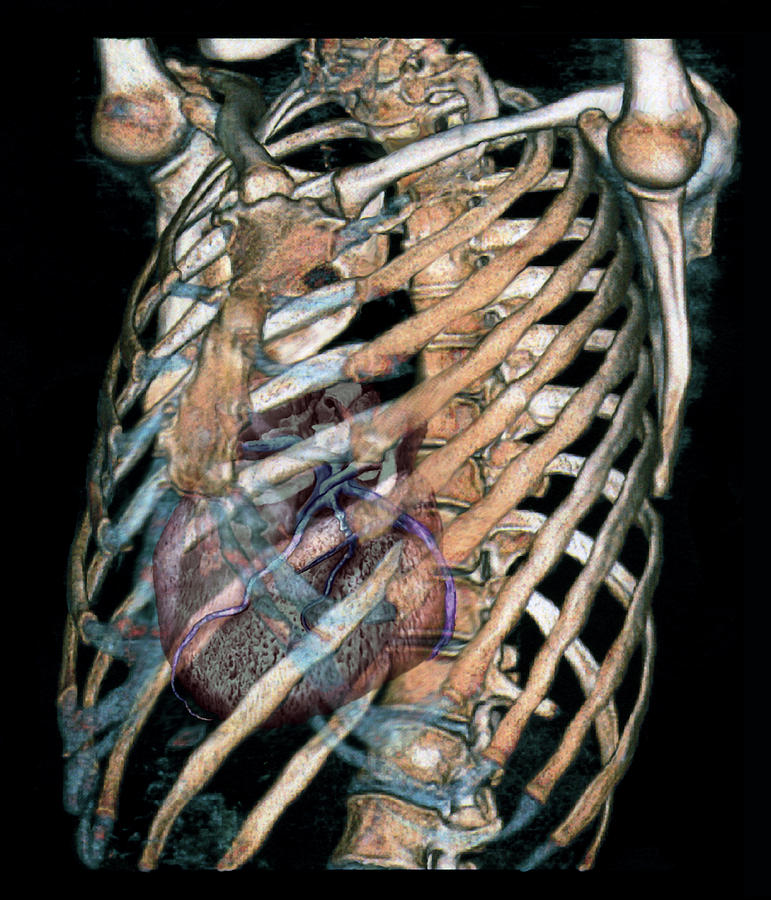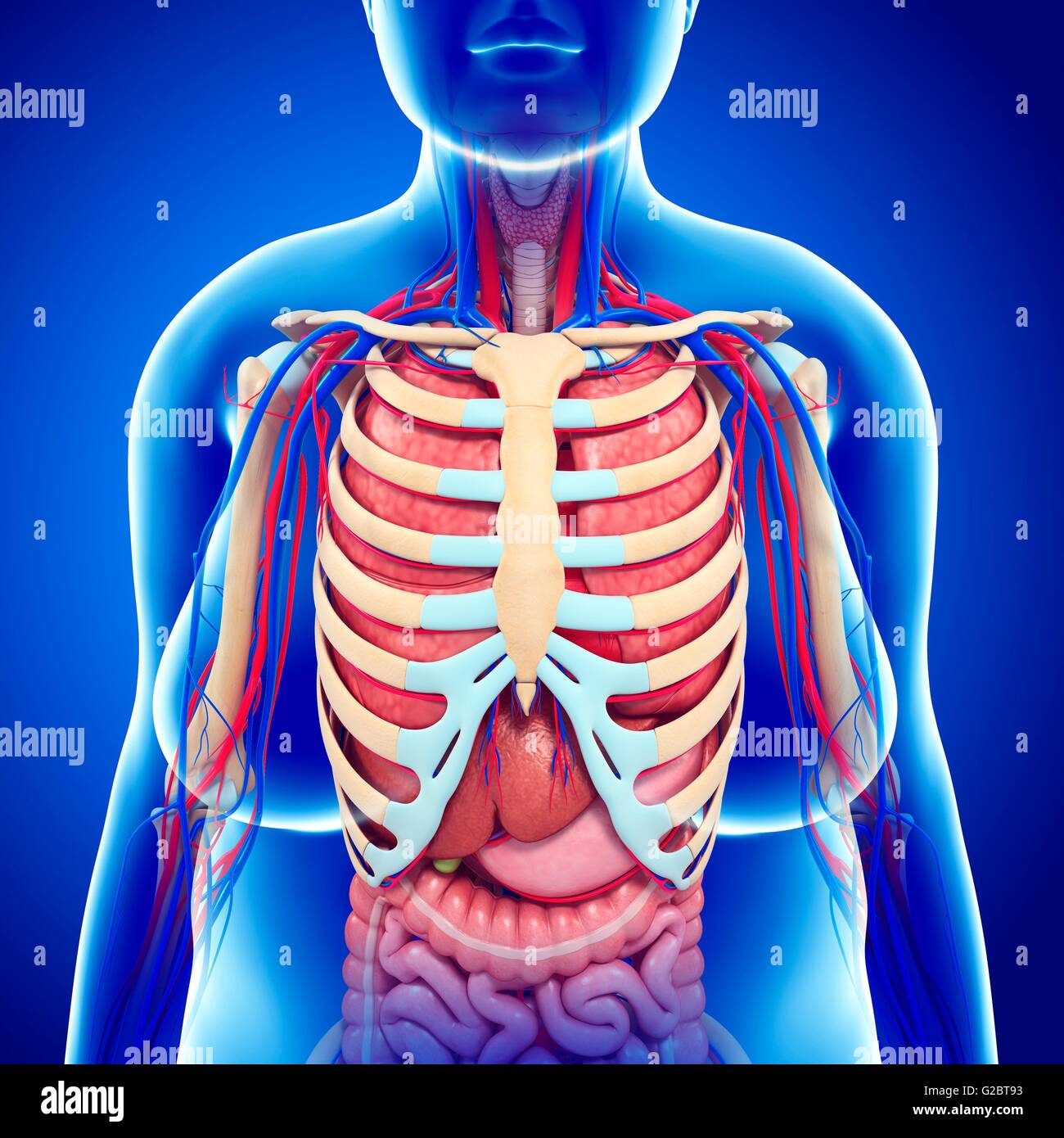Organs Within Ribcage | The abdominal cavity is a large cavity found in the torso of mammals between the thoracic cavity, which it is separated from by the thoracic diaphragm, and the pelvic cavity.a protective layer that is called the peritoneum, which plays a role in immunity, supporting organs, and fat storage, lines the abdominal cavity. Bones provide structure and form for your body. Bones of all shapes and sizes support your body, protect organs and tissues, store calcium and fat and produce blood cells. They work with muscles, tendons, ligaments and other connective tissues to help you move. A bone's hard outside shell surrounds a spongy center.
The abdominal cavity is a large cavity found in the torso of mammals between the thoracic cavity, which it is separated from by the thoracic diaphragm, and the pelvic cavity.a protective layer that is called the peritoneum, which plays a role in immunity, supporting organs, and fat storage, lines the abdominal cavity. A bone's hard outside shell surrounds a spongy center. They work with muscles, tendons, ligaments and other connective tissues to help you move. Bones provide structure and form for your body. Bones of all shapes and sizes support your body, protect organs and tissues, store calcium and fat and produce blood cells.

They work with muscles, tendons, ligaments and other connective tissues to help you move. Bones of all shapes and sizes support your body, protect organs and tissues, store calcium and fat and produce blood cells. A bone's hard outside shell surrounds a spongy center. Bones provide structure and form for your body. The abdominal cavity is a large cavity found in the torso of mammals between the thoracic cavity, which it is separated from by the thoracic diaphragm, and the pelvic cavity.a protective layer that is called the peritoneum, which plays a role in immunity, supporting organs, and fat storage, lines the abdominal cavity.
The abdominal cavity is a large cavity found in the torso of mammals between the thoracic cavity, which it is separated from by the thoracic diaphragm, and the pelvic cavity.a protective layer that is called the peritoneum, which plays a role in immunity, supporting organs, and fat storage, lines the abdominal cavity. A bone's hard outside shell surrounds a spongy center. Bones provide structure and form for your body. Bones of all shapes and sizes support your body, protect organs and tissues, store calcium and fat and produce blood cells. They work with muscles, tendons, ligaments and other connective tissues to help you move.

Bones of all shapes and sizes support your body, protect organs and tissues, store calcium and fat and produce blood cells. They work with muscles, tendons, ligaments and other connective tissues to help you move. Bones provide structure and form for your body. A bone's hard outside shell surrounds a spongy center. The abdominal cavity is a large cavity found in the torso of mammals between the thoracic cavity, which it is separated from by the thoracic diaphragm, and the pelvic cavity.a protective layer that is called the peritoneum, which plays a role in immunity, supporting organs, and fat storage, lines the abdominal cavity.
Bones of all shapes and sizes support your body, protect organs and tissues, store calcium and fat and produce blood cells. A bone's hard outside shell surrounds a spongy center. Bones provide structure and form for your body. They work with muscles, tendons, ligaments and other connective tissues to help you move. The abdominal cavity is a large cavity found in the torso of mammals between the thoracic cavity, which it is separated from by the thoracic diaphragm, and the pelvic cavity.a protective layer that is called the peritoneum, which plays a role in immunity, supporting organs, and fat storage, lines the abdominal cavity.

A bone's hard outside shell surrounds a spongy center. The abdominal cavity is a large cavity found in the torso of mammals between the thoracic cavity, which it is separated from by the thoracic diaphragm, and the pelvic cavity.a protective layer that is called the peritoneum, which plays a role in immunity, supporting organs, and fat storage, lines the abdominal cavity. Bones provide structure and form for your body. They work with muscles, tendons, ligaments and other connective tissues to help you move. Bones of all shapes and sizes support your body, protect organs and tissues, store calcium and fat and produce blood cells.
Organs Within Ribcage! Bones of all shapes and sizes support your body, protect organs and tissues, store calcium and fat and produce blood cells.
comment 0 Post a Comment
more_vert